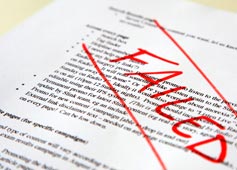 Luckily, my editor is on in-between semester break. Otherwise, I’m sure he would be in T.A. mode and grade my late post accordingly…
Luckily, my editor is on in-between semester break. Otherwise, I’m sure he would be in T.A. mode and grade my late post accordingly…
However, I dragged my feet somewhat deliberately. What’s the point of a 2008 summation if you don’t have at least a little critical distance between current time, and the past year? One doesn’t write a book report until the book is actually finished. A conclusion about a hypothesis can’t be reached until the experiment is actually completed. You don’t say, “Wow, baby…that was some good sex,” until the deal is sealed–unless you’re an ego-tripping moron with a teenager’s maturity level.
January 29, 2008 was my emergence from the world of sub-par print music journalism into the realm of much more serious online music writing. I don’t take credit for the upgrade; that goes solely to Greg Szeto, the music editor at my former publication, and the founder and managing editor of Aural States. I know good coat tails when I seem them, and I was really excited to jump into this venture with Greg.
The results have been unthinkable, really. Much of the work I’ve felt the best about, and been the most proud of in the past several years has been for Aural States.
For me, 2008 has been a year of amazing music–recorded, live, and starting recently, making it again. To be accurate this journey’s proper beginnings are in the fall of 2007, but isn’t it weird how events usually arise from prior events in sequential order? Event chains, I think they are called. I have been into music all my life, but 2008 is unique in the fact that I actually, in some small way, took a spot in a broader network of music, and culture-of-music people. I began blogging, and people were actually reading what I wrote.
This status of blogger doesn’t feel quite like it fits yet. Around Baltimore, indie/hipsters types (definitely loaded words, which are commonly mistaken for being synonymous with “music types”) don such close-fitting clothes. Perhaps, feeling as though this is a role I need to grow into is a healthier stance, than having skin-tight clothing restricting, and inhibiting movement (read: critical movement, and development).
Also, clothes being the signifiers that they are designate people into one group. I personally don’t fit into one single group musically, and probably not socially, either. From my understanding (and I think it’s an accurate understanding) the same goes for Aural States. To be clear, this does not mean AS has to be everything musically to fulfill our eclectic mission statement, but we simply need to be who we are, and only who we are.
And who are we? Music geeks: pure, unabashed, genuine music geeks.
My (Highly Subjective) Most Memorable Live Performances of 2008 (in no order, and it’s more than 10)
Read the rest…
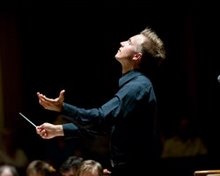 With supple force, sometimes delicate, sometimes with iron fist, conductor Vasily Petrenko (pictured left) gave the BSO players room to conquer.
With supple force, sometimes delicate, sometimes with iron fist, conductor Vasily Petrenko (pictured left) gave the BSO players room to conquer.

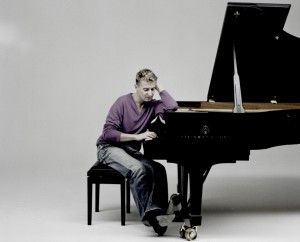

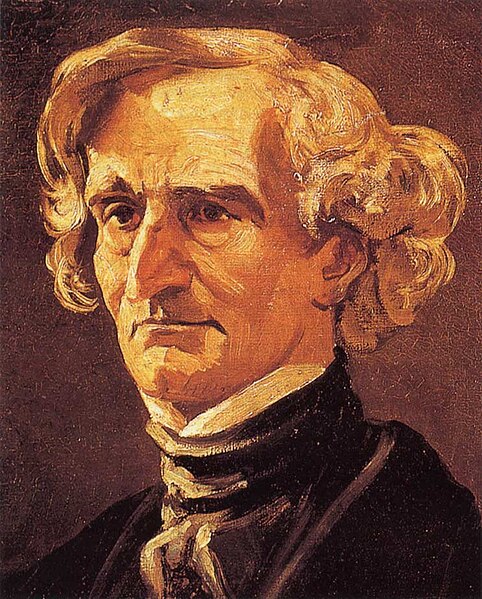
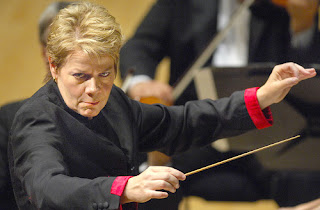


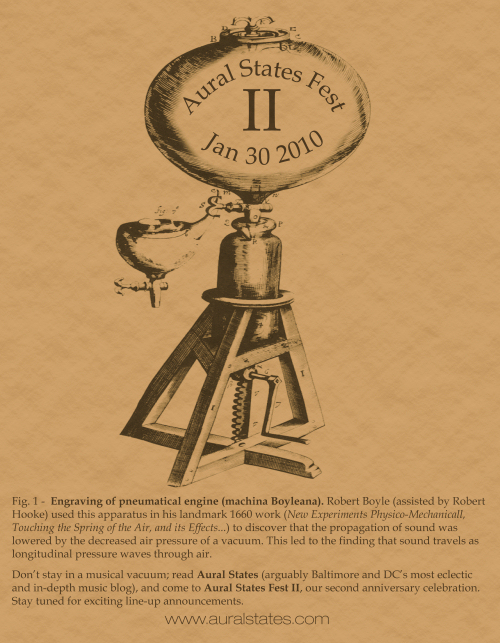
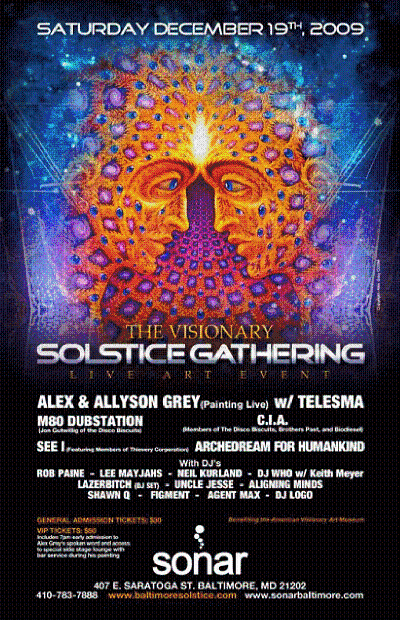










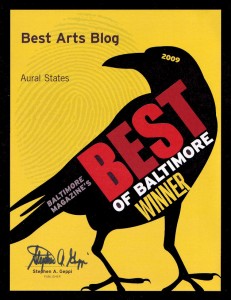


 Double Dagger: Masks EP
Double Dagger: Masks EP Pfisters: Narcicity
Pfisters: Narcicity Lizz King: All Songs Go To Heaven
Lizz King: All Songs Go To Heaven Imperial China: Phosphenes
Imperial China: Phosphenes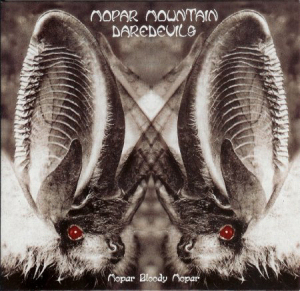 Mopar Mountain Daredevils: Mopar Bloody Mopar
Mopar Mountain Daredevils: Mopar Bloody Mopar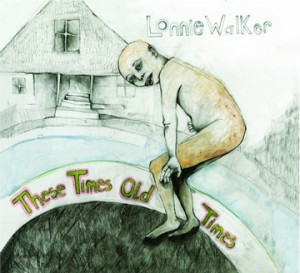 Lonnie Walker: These Times, Old Times
Lonnie Walker: These Times, Old Times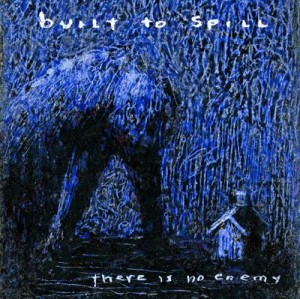 Built to Spill: There Is No Enemy
Built to Spill: There Is No Enemy Hypnotic Brass Ensemble: Hypnotic Brass Ensemble
Hypnotic Brass Ensemble: Hypnotic Brass Ensemble Secret Mountains: Kaddish EP
Secret Mountains: Kaddish EP Bela Fleck: Throw Down Your Heart: Tales From the Acoustic Planet, Vol. 3 -Africa Sessions
Bela Fleck: Throw Down Your Heart: Tales From the Acoustic Planet, Vol. 3 -Africa Sessions Lands & Peoples: Lands & Peoples EP
Lands & Peoples: Lands & Peoples EP Caleb Stine: Eyes So Strong and Clean
Caleb Stine: Eyes So Strong and Clean Wye Oak: The Knot
Wye Oak: The Knot Pontiak: Maker
Pontiak: Maker White Rabbits: It's Frightening
White Rabbits: It's Frightening Dirty Projectors: Bitte Orca
Dirty Projectors: Bitte Orca Double Dagger: More
Double Dagger: More Elvis Perkins in Dearland: Elvis Perkins in Dearland
Elvis Perkins in Dearland: Elvis Perkins in Dearland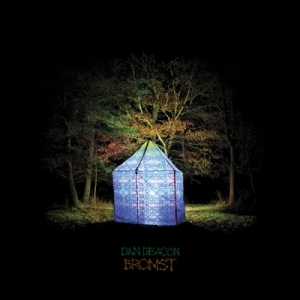 Dan Deacon: Bromst
Dan Deacon: Bromst The Thermals: Now We Can See
The Thermals: Now We Can See Soft Cement: Think About It EP
Soft Cement: Think About It EP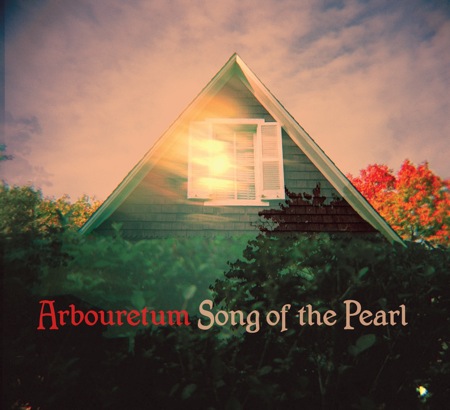 Arbouretum: Song of the Pearl
Arbouretum: Song of the Pearl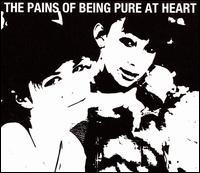 The Pains of Being Pure at Heart: The Pains of Being Pure at Heart
The Pains of Being Pure at Heart: The Pains of Being Pure at Heart Benjy Ferree: Come Back to the Five and Dime, Bobby Dee Bobby Dee
Benjy Ferree: Come Back to the Five and Dime, Bobby Dee Bobby Dee Weekends: Weekends
Weekends: Weekends Height With Friends: Baltimore Highlands 12" LP, Limited-Run Vinyl Only
Height With Friends: Baltimore Highlands 12" LP, Limited-Run Vinyl Only Caverns: Kittens! EP
Caverns: Kittens! EP Little Joy: Little Joy
Little Joy: Little Joy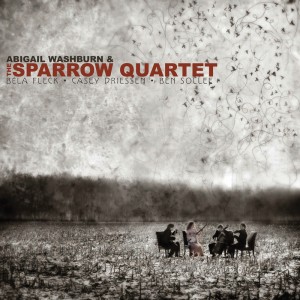 Abigail Washburn & the Sparrow Quartet:Abigail Washburn & the Sparrow Quartet
Abigail Washburn & the Sparrow Quartet:Abigail Washburn & the Sparrow Quartet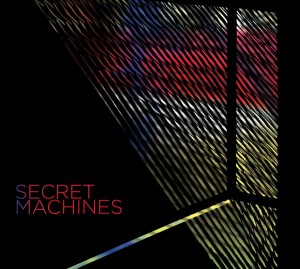 The Secret Machines: Secret Machines
The Secret Machines: Secret Machines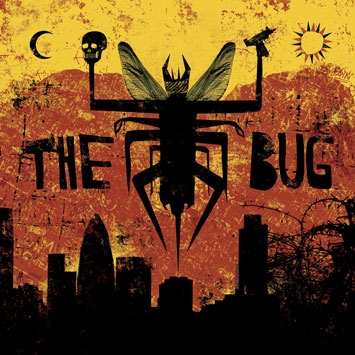 The Bug: LondonZoo
The Bug: LondonZoo 13th Floor Elevators: Psychedelic Sounds of the 13th Floor Elevators (Vinyl Mono LP only)
13th Floor Elevators: Psychedelic Sounds of the 13th Floor Elevators (Vinyl Mono LP only) Arbouretum/Pontiak: Kale (Vinyl LP only)
Arbouretum/Pontiak: Kale (Vinyl LP only) Small Sur: We Live in Houses Made of Wood
Small Sur: We Live in Houses Made of Wood AbeVigoda: Skeleton
AbeVigoda: Skeleton ImperialChina: Methods: EP
ImperialChina: Methods: EP